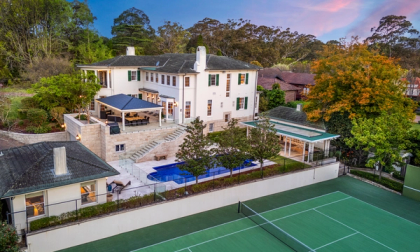
Why the Ku-ring-gai market is so tightly held
Large blocks, with gardens and sizeable homes are rare to come by in Sydney. They’re even rarer within a 30 minute drive of the CBD. And, as buyers can attest to in the hot Sydney market of the past 36 months, even if you have the budget it can be hard to buy the home you’ve had your heart set on.
Sydney is becoming more tightly held as a city overall, with the rising cost of stamp duty being prohibitive to those wanting to switch homes for lifestyle reasons. Once moving, selling costs, buying costs and renovation/redecoration costs are added into the equation – there’s a clear trend to staying put. Adult children are also staying at home longer, leaving their parents needing to maintain a larger home to house them.
But there’s even less desire to move in Ku-ring-gai, where home sellers are known to buy and hold for many years on end. Outside of ‘sales of necessity’ such as divorce, death, finances or, to some extent, downsizing, it’s rare to see sellers put their home on the market. In fact, CoreLogic data shows most home owners in Ku-ring-gai hold their properties for close to 10 years. And in practice, we know that many are likely to hold their homes for even twice this length of time.
One of the main reasons the hold period in this area is so pronounced is due to the demographics. Households in the Ku-ring-gai local government area and surrounds tend to be families, often buying as younger families with children starting to go to primary school. They’re buying as an investment into the future, already with few intentions to sell. Many will continue to hold their larger homes long after being empty nesters. This could mean the hold process may be as long as 25 years for the youngest child to fly the nest and a family to be ready to move.
As the area caters so well to school-aged children and adult children, with parks, leafy vistas, education hubs and entertainment, there’s little reason to move out of the community as the family changes.
Another reason people are less likely to sell is the self-perpetuating nature of tightly held markets. Often, those who would downsize want to downsize into the same neighbourhood and are unwilling to sell until they find an appropriate property to buy. This can delay many home owners from moving, and some may decide to stay in their large properties for fear of missing out on price growth while waiting for something smaller to become available.
While it may take longer to buy into this area, it’s worth it for the long-haul.
Was this content helpful to you?





